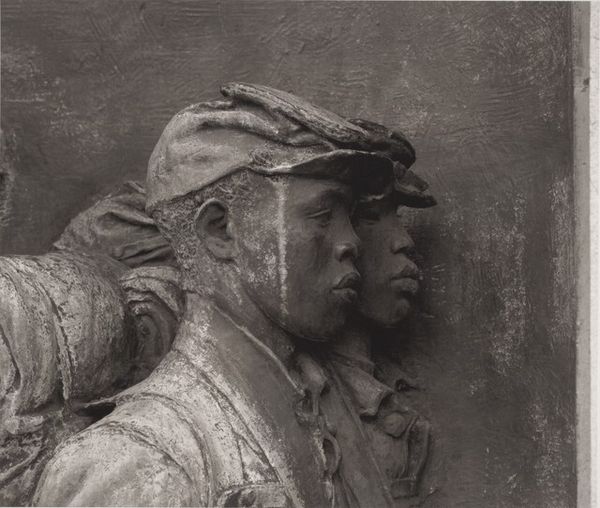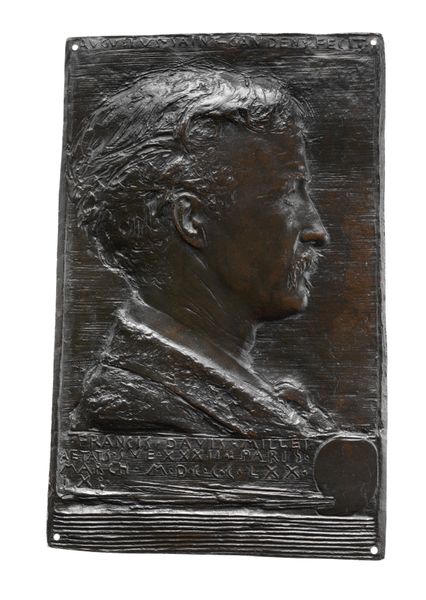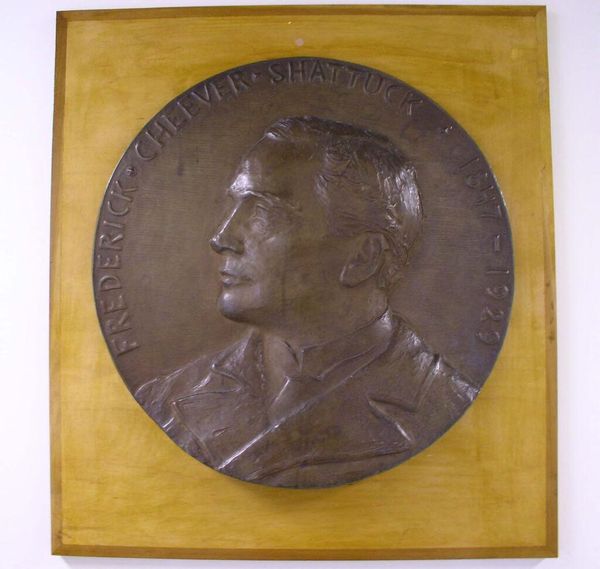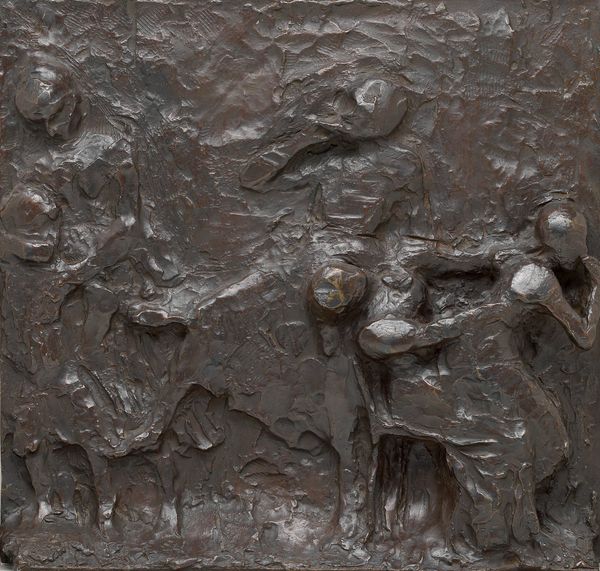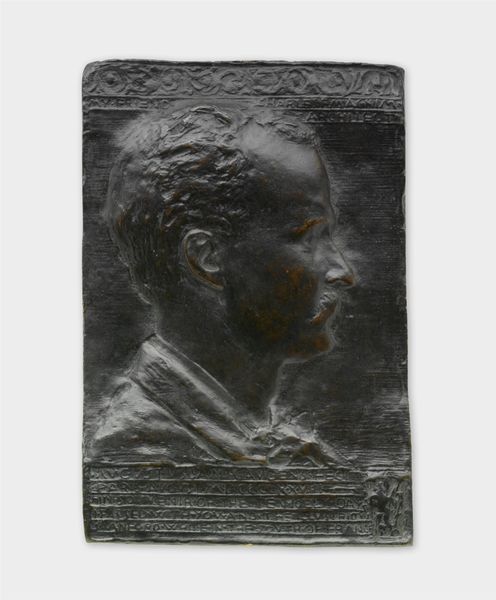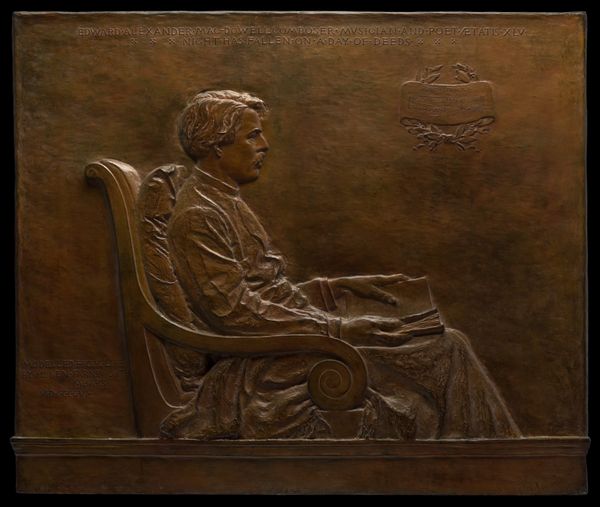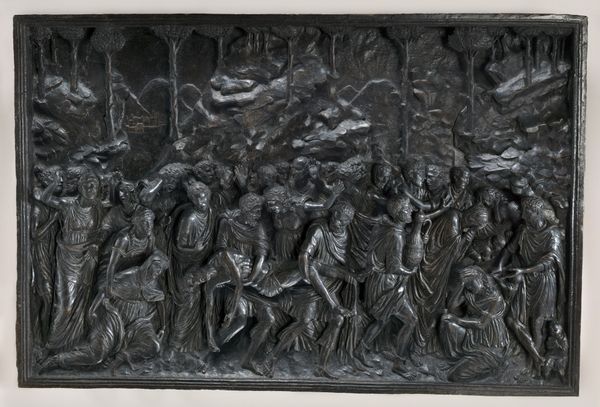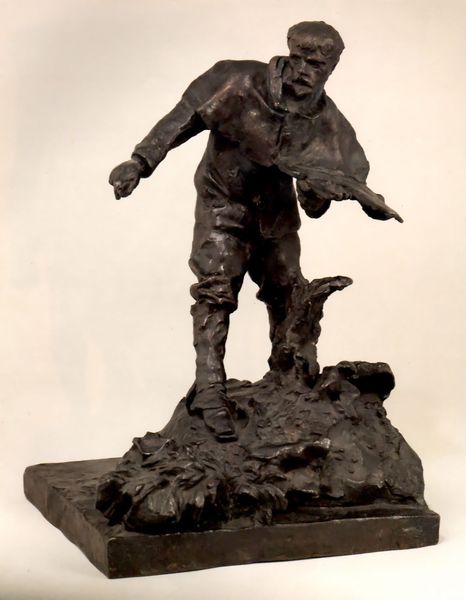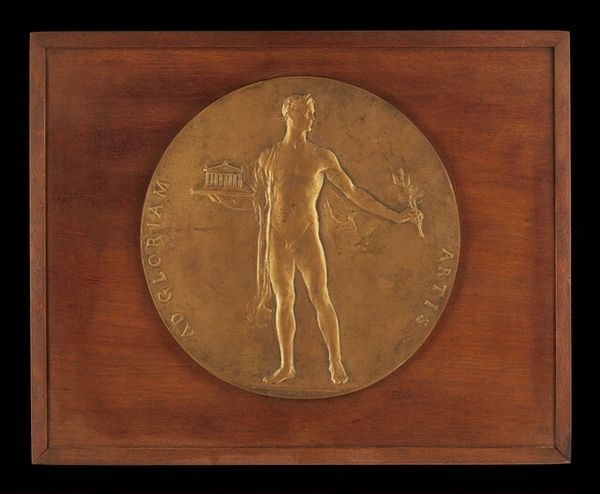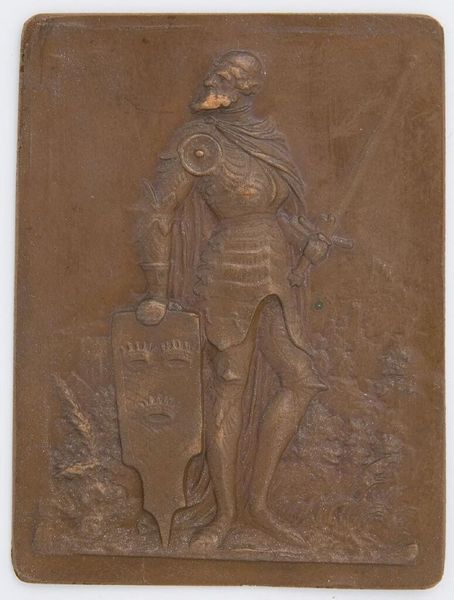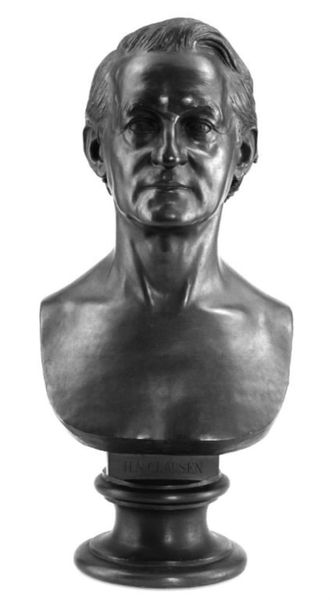
bronze, sculpture
#
toned paper
#
bronze
#
charcoal drawing
#
possibly oil pastel
#
charcoal art
#
oil painting
#
acrylic on canvas
#
underpainting
#
sculpture
#
pastel chalk drawing
#
men
#
decorative-art
#
charcoal
#
watercolor
#
profile
Dimensions: 6 1/2 × 8 7/16 in. (16.5 × 21.4 cm)
Copyright: Public Domain
Editor: This is Constantin Meunier’s "The Miner," created in 1904. It's a bronze sculpture, currently housed at the Metropolitan Museum of Art. It looks powerful, yet the miner appears worn and contemplative. What aspects of this piece stand out to you? Curator: What strikes me is how Meunier uses the industrial figure – here, the miner – to evoke complex narratives of labor and social injustice. Think about the broader context: the late 19th and early 20th centuries saw massive industrial expansion, but at what cost? The miner becomes a symbol of the working class, their struggles and dehumanization under capitalism. Editor: So you're saying it's more than just a portrait of a miner? Curator: Absolutely. Consider how Meunier’s choice of bronze—a traditionally noble material—lends dignity to the working man. However, it also raises questions. Does it monumentalize the worker, or does it aestheticize his suffering? The intense gaze conveys a strength, but there’s a clear exhaustion in his posture. Do you notice how the artist captured a certain…resignation? Editor: I do now. It's like he's carrying the weight of the world, or at least the weight of his labor, within him. Curator: Precisely. And that’s what makes Meunier such an important figure. He prompts us to question the dominant narratives surrounding industrial progress. How do you feel the sculpture speaks to contemporary concerns about labor, exploitation, and class struggle? Editor: I think it is a poignant reminder of those issues. The sculpture's strength comes from representing something enduring and real, even today. Curator: Exactly, and the artistic interpretation invites ongoing intersectional discourse. It’s not simply about art; it's a dialogue.
Comments
No comments
Be the first to comment and join the conversation on the ultimate creative platform.

